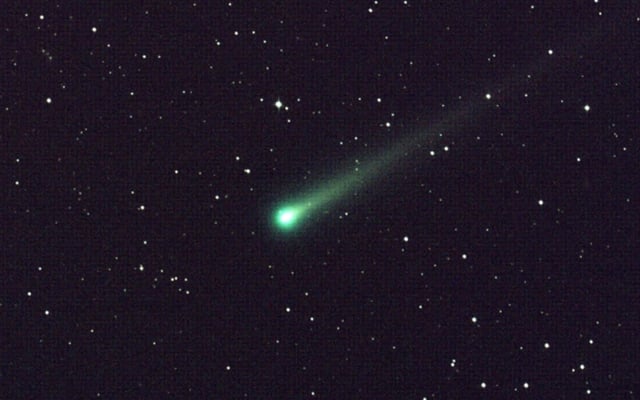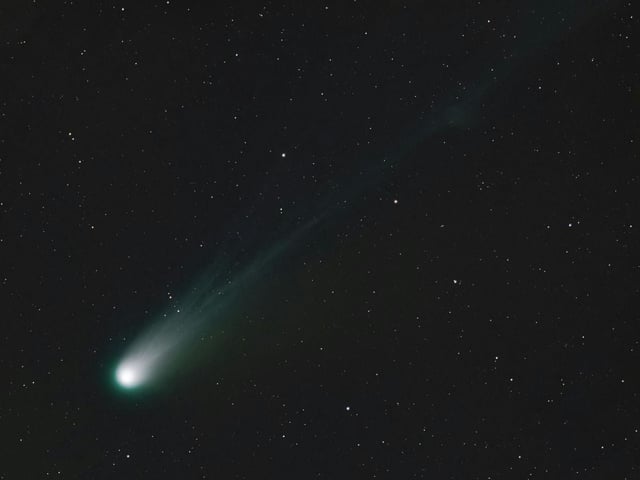Overview
- 3I/ATLAS passed about 29–30 million km from Mars on October 3, with orbiters and the Perseverance rover recording data that teams are now processing, including expected HiRISE imagery.
- Stacked, low‑resolution Perseverance Navcam frames produced an elongated appearance that fueled online claims of an artificial object, which experts attribute to imaging and motion artifacts.
- NASA has emphasized a natural‑comet interpretation and said some viral “cylindrical” photos were actually long‑exposure images of Phobos rather than the comet, according to agency clarifications reported in coverage.
- Observations by Hubble and NASA’s SPHEREx indicate an active coma with detectable carbon dioxide, and current size estimates place the nucleus at roughly 0.6–5.6 km in diameter.
- Orbital solutions confirm a hyperbolic, interstellar trajectory with perihelion in late October near 1.4 AU and a safe closest approach to Earth of about 1.8–1.9 AU, with no impact risk.



